Electric Doctor
Help & FAQ's
Welcome to our Help and FAQ Page!
Are you experiencing electrical issues and feeling unsure about where to begin? You’ve come to the right place! Whether you’re seeking guidance on troubleshooting common problems or considering professional assistance, we’re here to provide the support you need.
How We Can Help:
In-Person Assistance: If you’re facing electrical challenges and require immediate assistance, our team of expert electricians is ready to help. Contact us via phone for the fastest response, or send us a text message to discuss your concerns. You can also conveniently schedule an appointment online, and one of our electricians will promptly visit your location to assess and address the issue.
Online Support: Not quite ready to schedule an appointment? No problem! Explore our website for valuable resources and information on common electrical issues. From troubleshooting tips to FAQs, we’ve got you covered. Take advantage of our online resources to see if your problem can be resolved without the need for a service call.
Explore Our Resources:
Feel free to navigate through the sections below to find solutions to common electrical issues:
Troubleshooting Tips: Discover helpful tips and tricks for troubleshooting common electrical problems, such as flickering lights, tripped circuit breakers, and more.
FAQs: Browse through our frequently asked questions to find answers to commonly encountered electrical issues and inquiries. If you don’t find what you’re looking for, don’t hesitate to reach out to us directly for personalized assistance.
At Electric Doctor, we’re committed to providing exceptional service and support to our customers. Whether you need immediate assistance from one of our electricians or prefer to explore DIY solutions online, we’re here to help you every step of the way.
If you’re ready to tackle your electrical issues head-on, let’s get started!
- Family owned & operated
- Opened in 1995
- Dad (Owner, Master Electrician), Mom (Owner, Bookkeeper), Son (Owner, Master Electrician, Daughter (Office Manager) and a great team of electricians
Yes! We are fully licensed and insured in Colorado
All major credit cards, personal and business checks, cash. We use a Field Service system so a lot of payments can be completed using our online portal.
For established, repeat commercial clients where we complete 5 or more work orders a month, we do offer Net 30 terms. We establish by completing several jobs and closing with COD payments.
Yes! One (1) year warranty on all work other than light bulbs and a Three (3) year warranty on all service upgrades. Service upgrade extended warranties also available.
Out of respect for our industry, no. We’ve done this a long time and perform quality electrical services at competitive rates with a warranty. We also generally have very generous discounts available.
Most common is a 2-story ceiling. A lot of times you can let us know the address and we can see photos online to help you determine ceiling height. You can always text or email us photos. Basically any ceiling where we need a 10′ or taller ladder will be considered a high ceiling and will be different than our standard installation rate.
Unless you are renovating and removing drywall, pigtailing using AlumiConn connectors is going to be far more cost effective and is a UL Listed repair.
- Make sure you have a working flashlight (or more)
- Candles and matches (fire safety reminder!)
- Fire extinguisher that is up to date and easily accessible!
- Space heater in case your heat/furnace stops working and a 20 amp outlet to use if needed!
First, change the light bulb! We get a lot of light repair calls where it’s just a bad light bulb. Tip – Find a similar bulb that’s working and swap the bulbs. If the bulb that was working works in the fixture that wasn’t working, it’s just a bad bulb. If the bulb that wasn’t working works in the other fixture, then call us, now we troubleshoot the wiring!
Electrician talk – We often call light bulbs lamps!
Flickering issues can be tricky and we recommend an on-site visit to diagnose
- LED bulbs on old dimmers?
- Smart dimmers? Some dimmers don’t play nice with certain LEDs
- Failing switch
- Bad bulbs? Cheap LED bulbs?
- Motor load inrush current like an A/C turning on? LEDs are more impacted by this (lower wattage)
- Loose wiring/connections can cause flickering
First, remember to remove the batteries from the old units! Second, check for plug in CO detectors down low, they use batteries too!
When resetting a breaker, try not to stand directly in front of it in case of a spark. To reset a breaker, push it all the way off and then back on. If it trips instantly, you could have a bad breaker, dead short, or overload issue. Remember that breakers trip for a reason!
First, check to see if you’ve had a power outage by asking a neighbor if they also lost power or calling your power company (a partial or half outage can occur) . You can also look around to see if street lights or stop lights are working correctly.
Take a moment to verify what is working and what is not working. Often times you can use a small lamp or appliance to test your outlets. It is helpful to know if the outage is contained to a particular room or area of outlets. You can then go to your breaker panel and check for tripped breakers. A tripped breaker is usually noticeable as it will be between the “On” and “Off” position. If you do not have breakers, but instead see screw in fuses, give us a call, it’s time for an upgrade.
There is never really a 100% way to know until we take the fixture down. If the box is not rated for fan or large fixture support, our electricians will notify you before proceeding. All locations can be converted to fan-rated or reinforced for larger chandeliers.
We will confirm any “over the phone” estimates with an on-site visit before we proceed. We have over 100 years combined electrical experience on our team. Chances are we’ve done the same job before (if not dozens or hundreds of times). We like to use technology like Zillow, Google Street View, Google Earth, and photos or videos you text/email to save drive time, fuel, and emissions where we can. If you have a complex or large job, we’ll schedule to come take a look.
Still have questions?
If you still have questions or need more info, don’t hesitate to contact us today. Our team is available to help with anything you need.
Sparky Speak:
Understanding GFCI (Ground Fault Circuit Interrupter)
GFCI stands for Ground Fault Circuit Interrupter and is available in various forms. The most common types include GFCI outlets, GFCI breakers, and faceless GFCIs. You’ll typically find GFCI outlets installed in areas prone to moisture, such as kitchens, bathrooms, garages, and outdoor spaces.
GFCI outlets feature two buttons: Test and Reset. To ensure the GFCI is functioning correctly, unplug any devices from the outlet and press the Test button. You should hear a click or notice an indicator light (if equipped) turn off. Then, press the Reset button; you should hear a click or see the indicator light return to its original state. Finally, plug in a device to test the outlet. Keep in mind that a ground fault outlet must have power flowing to it to reset properly.
Common Electrical Terms:
- Lamp: Another term for a light bulb.
- Device: Refers to an outlet or switch.
- Voltage, Amperage, Wattage: Terms used to measure power derived from Ohm’s Law. Voltage and watts are commonly used to determine the amp load on a circuit or appliance.
- Home Run: The wire that runs from the electrical panel to a single location or the first device on a circuit.
- Lumens: Measurement of light output.
- Circuit (or Dedicated Circuit): A circuit refers to a group of items connected to a breaker, such as lights and outlets in a bedroom or multiple bedrooms. A dedicated circuit, on the other hand, involves a single item connected to a breaker, such as a furnace or dishwasher.
Understanding these terms can help you better navigate and troubleshoot your electrical system. If you have any questions or need assistance, feel free to reach out to us for expert guidance and support.




